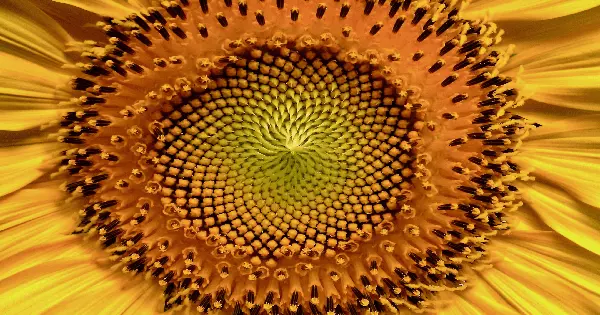It’s not every day that a new Fibonacci sequence is discovered, but Simon Michael Toon, the designer of an impending solar energy project based on artificial “trees,” has. The Fibonacci sequence is a classic example of pure arithmetic appearing in the actual world (see what we did there?). It’s a basic numerical pattern in which each new phrase is discovered by adding the two that came before it.
Isn’t it simple? Despite its appearance as an exercise for a first-grader to master mental math, the Fibonacci sequence is a remarkably basic law in nature. In reality, after working on a problem with rabbits, Leonardo of Pisa – also known as Leonardo Bonacci, which is where “Fibonacci” originates from – famously rediscovered the sequence. Plants, on the other hand, like the Fibonacci sequence, and for good reason. Consider a plant’s leaves: the plant’s energy comes from the sun, thus its purpose as it develops is to maximize the amount of sunlight that reaches its leaves.
The apparent solution is to ensure that fresh leaves grow a small distance around the stem from the preceding ones – but how far should they go? The Golden Ratio, an old mathematics favorite, provides the answer. The reciprocal of the Golden Ratio tells us that the ideal method for our plant to arrange its leaves is to place each new one around 61.8 percent of the way around the stem from the previous one. And, you got it, the Fibonacci sequence is the greatest technique to approximate the Golden Ratio using whole numbers.
It’s maybe not surprising, therefore, that Toon realized that his own endeavor followed the same old pattern. But it’s where the sequence appeared that’s newsworthy: not in the leaves or branch patterns, where the golden ratio was already well-documented – but in the tree’s basic design. Toon told Popular Mechanics, “You have one single trunk coming out of the ground and it splits off into two smaller branches in a tree crotch.” “One branch is somewhat smaller than the trunk, while the other branch is slightly smaller than either the trunk or the other branch.”
Any tree crotch – a point where one branch (or trunk) splits into two branches – is connected to three branches of varying proportions, with the thickest branch at the bottom and the two lesser branches at the top. It was only a question of 3D printing the proper quantity and size of crotches for Toon’s tree, which was created out of stock size aluminum and PVC pipes rather than natural materials.
Toon quickly discovered that the structure of his tree was significantly less random than you might believe using da Vinci’s botanical rules and a little lateral thinking. “All I did was create as many tree crotches as I needed to finish the tree, and then I tallied how many of each size I needed,” he added. “And, lo and behold, it was the Fibonacci sequence,” says the narrator. Basically, as you travel further into the tree, the branches and crotches become smaller — the largest crotch is size A, the second largest is size B, and so on.
Toon discovered that the sizes required to build the tree were in the Fibonacci sequence: one size a, one size B, two sizes C, three sizes D, five sizes E, eight sizes F, and so on. Toon explained, “I didn’t do anything on purpose.” “I just followed the tree’s rules.” This isn’t the first time Mother Nature’s fondness for pure arithmetic has been used for environmentally friendly development, but it’s a nice reminder that, no matter how brilliant we think we are, there’s basically nothing out there that she hasn’t already polished over the previous few billion years. While Toon’s research may have set some lofty ambitions for itself, it has already delivered something special: a mathematical surprise that has been in the works for over two millennia.















